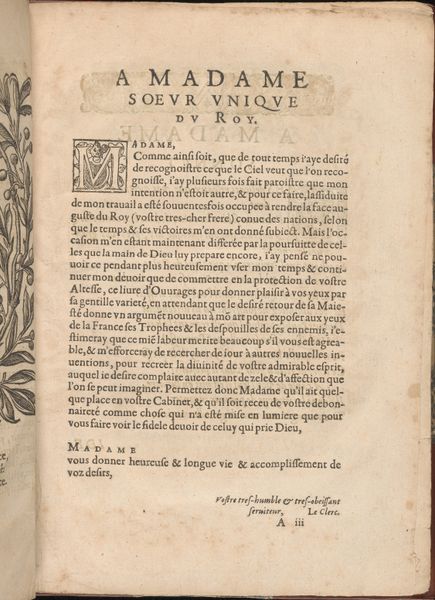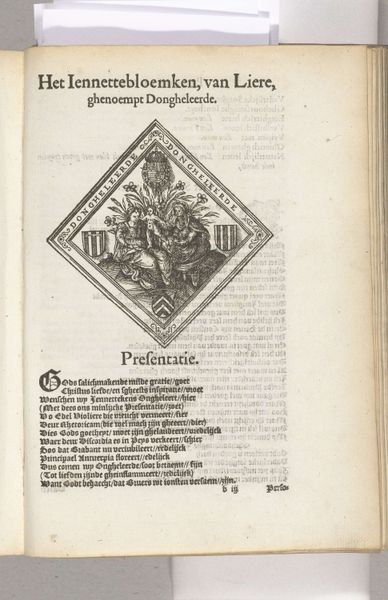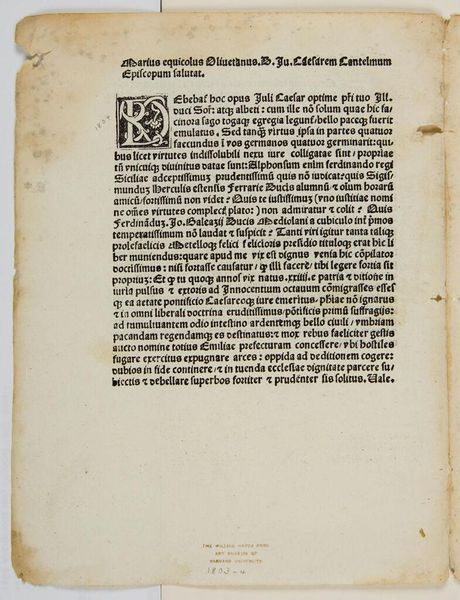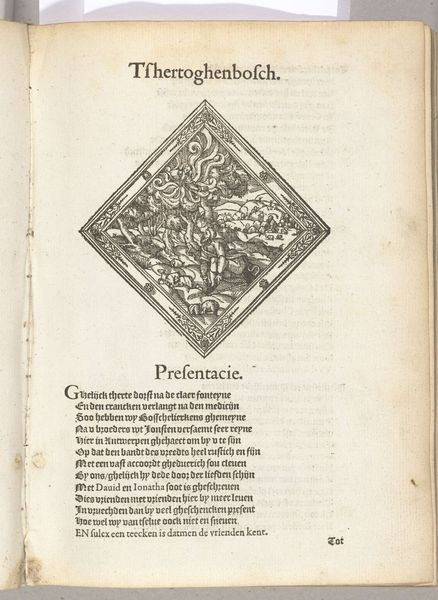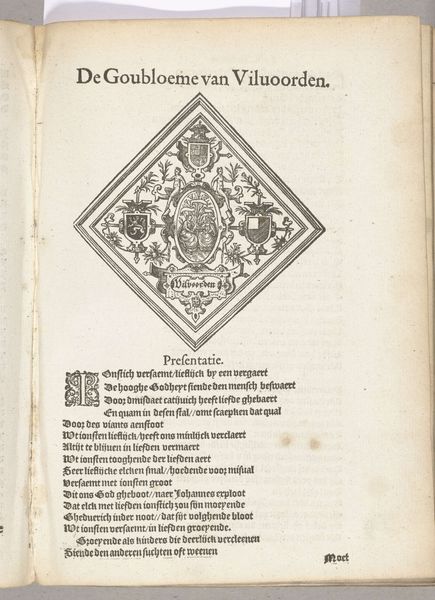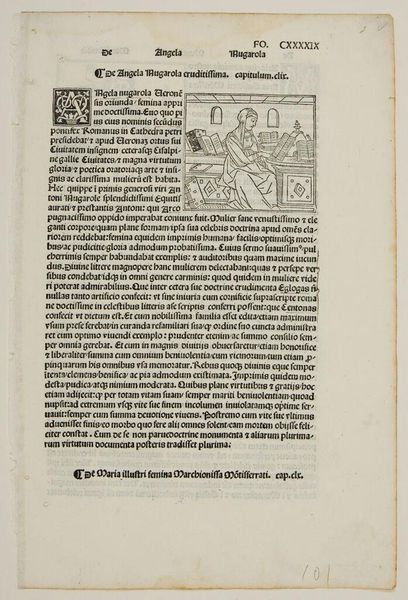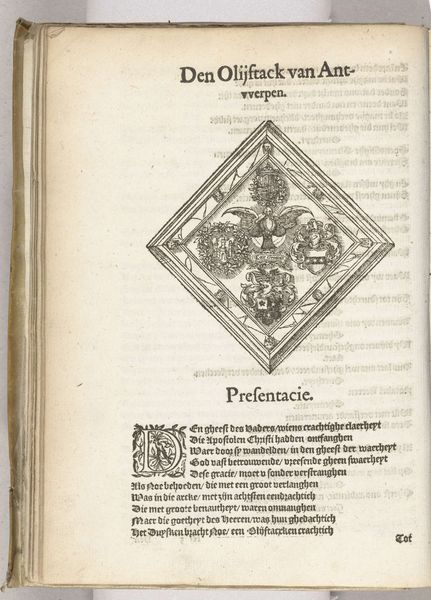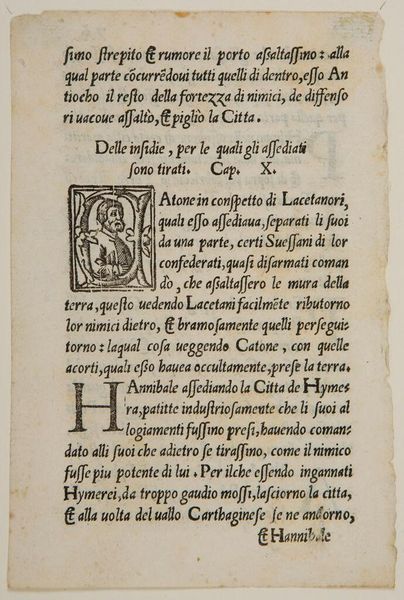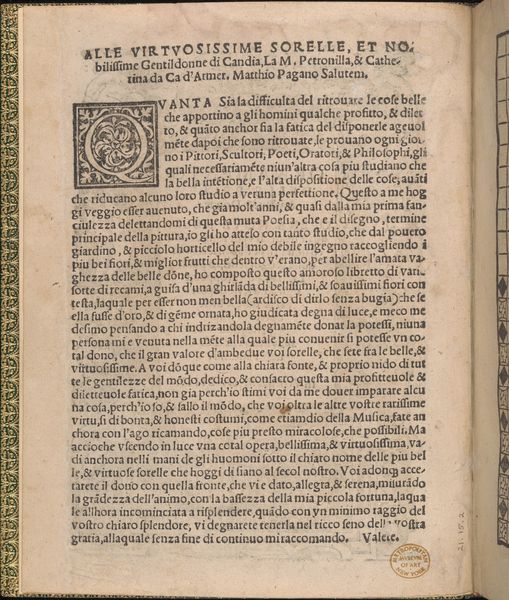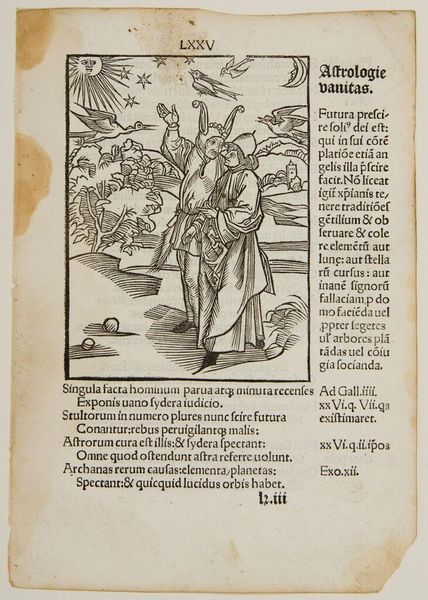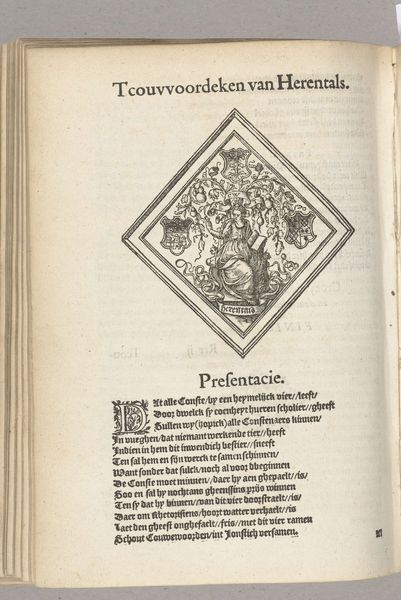![[Entrée d'Henri II] C'est l'ordre qui a este tenu a la nouvelle et ioyeuse entrée que tres hault, tresexcellent et trespuissant Prince le Roy treschrestien Henry deuzieme de ce nom à faicte en sa bonne ville et cité de Paris... by Jean Goujon](/_next/image?url=https%3A%2F%2Fd2w8kbdekdi1gv.cloudfront.net%2FeyJidWNrZXQiOiAiYXJ0ZXJhLWltYWdlcy1idWNrZXQiLCAia2V5IjogImFydHdvcmtzLzliYzI2MmVkLWUwYzAtNDkyNC1hODlhLTdkYjlmMDU1MDZiMC85YmMyNjJlZC1lMGMwLTQ5MjQtYTg5YS03ZGI5ZjA1NTA2YjBfZnVsbC5qcGciLCAiZWRpdHMiOiB7InJlc2l6ZSI6IHsid2lkdGgiOiAxOTIwLCAiaGVpZ2h0IjogMTkyMCwgImZpdCI6ICJpbnNpZGUifX19&w=3840&q=75)
[Entrée d'Henri II] C'est l'ordre qui a este tenu a la nouvelle et ioyeuse entrée que tres hault, tresexcellent et trespuissant Prince le Roy treschrestien Henry deuzieme de ce nom à faicte en sa bonne ville et cité de Paris... 1549
0:00
0:00
print, woodcut, engraving
# print
#
11_renaissance
#
woodcut
#
engraving
Dimensions: book: 24.4 × 17.2 × 1.2 cm (9 5/8 × 6 3/4 × 1/2 in.)
Copyright: National Gallery of Art: CC0 1.0
This is the title page of Jean Goujon’s book detailing Henry II’s entrance into Paris. A woodcut illustration depicts a male figure adorned with foliage. The “wild man,” or *homme sauvage*, is a figure as old as the forest itself, emerging from our deepest collective memory. This motif is seen in the ancient Epic of Gilgamesh, the hero Enkidu representing untamed nature, but appears throughout medieval art. The figure embodies the tension between civilization and the wild, and the duality of human nature itself. The wild man, at times violent, at times wise, represents the subconscious, the instinctual self lurking beneath the veneer of social order. Here, the *homme sauvage* appears at the entrance of the King, a reminder that even in the most civilized of rituals, the primal, untamed aspects of humanity persist, shaping our actions and perceptions. It’s a vital, cyclical force in the human psyche, ever resurfacing.
Comments
No comments
Be the first to comment and join the conversation on the ultimate creative platform.
